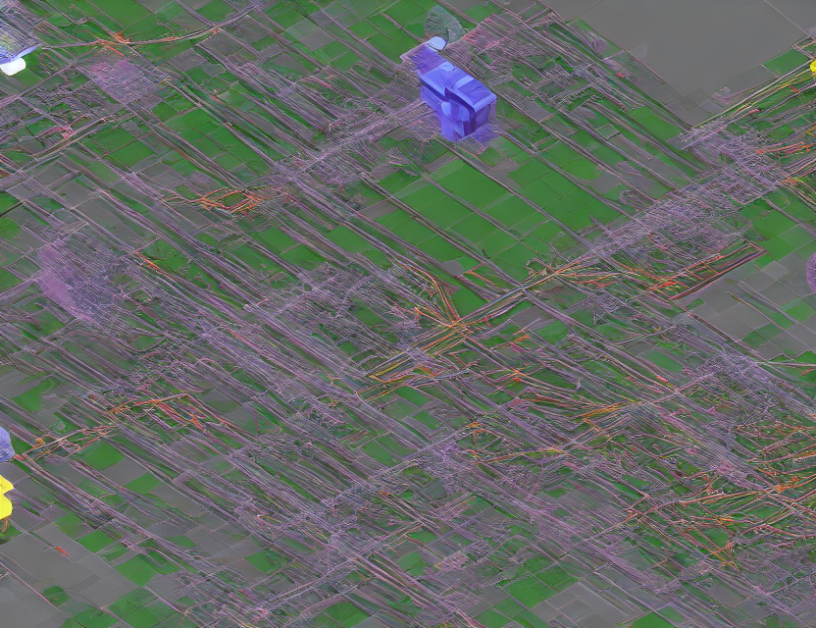In this article, we explore a new technique called "coded random access" (CRA) that improves the performance of massive multiple-input multiple-output (MIMO) downlink communication systems. These systems are becoming increasingly common in modern wireless networks due to their ability to transmit large amounts of data at high speeds.
Traditionally, MIMO systems rely on a process called "grant-free access," which allows devices to request permission from the base station (BS) to transmit data. However, this process can be slow and inefficient, leading to delays and interference issues. CRA addresses these problems by allowing devices to transmit data without needing explicit permission from the BS.
The article explains how CRA works using a combination of coding techniques and successive interference cancellation (SIC). By applying these techniques, the BS can retrieve more users per slot, reducing the processing burden on the system and improving overall performance. Additionally, the use of ACK messages at the end of each slot helps to save user energy by interrupting transmission when necessary.
The authors conduct simulations using various load values and show that CRA outperforms traditional grant-free access schemes in most cases. In fact, for certain loads, the choice of p = 2 (the number of slots required for a device to transmit its data) actually outperforms the choice of p = 3, indicating that single slot analysis may not accurately represent the performance of framed systems.
Overall, CRA is a promising new technique that can significantly improve the performance of massive MIMO downlink communication systems. By simplifying the access process and reducing interference, CRA can help to increase data transmission speeds and reduce energy consumption. As the use of wireless networks continues to grow, techniques like CRA will be crucial for ensuring efficient and reliable communication.
Computer Science, Information Theory
Benchmarking Actual Performance in Coded Random Access Systems via Analytical Bounds



